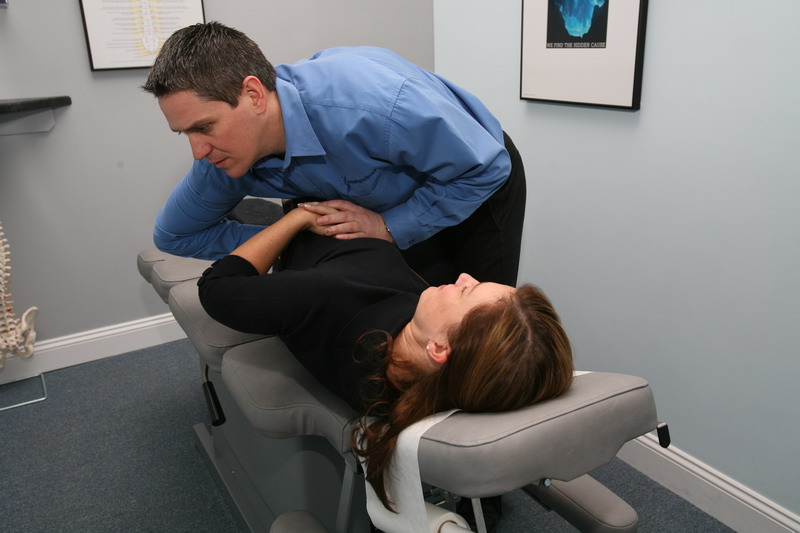
In a recent study conducted by Spine Journal (http://www.thespinejournalonline.com/) there is mounting evidence that recommends the frequency of getting adjusted 2x per month has been shown it may prevent future episodes of lumbar spine pain.
Read the study here: http://www.ncbi.nlm.nih.gov/pubmed/21245790
The measurable data included: Pain (VAS Score) and disability (Oswestry), which were reduced continually with the group receiving maintenance treatment. In conclusion it states “Spinal Manipulative Therapy is effective for the treatment of chronic nonspecific Low Back Pain. To obtain long-term benefit, this study suggests maintenance Spinal Manipulation after the initial intensive manipulative therapy.
Here is the abstract:
Abstract
STUDY DESIGN:
A prospective single blinded placebo controlled study was conducted.
OBJECTIVE:
To assess the effectiveness of spinal manipulation therapy (SMT) for the management of chronic nonspecific low back pain (LBP) and to determine the effectiveness of maintenance SMT in long-term reduction of pain and disability levels associated with chronic low back conditions after an initial phase of treatments.
SUMMARY OF BACKGROUND DATA:
SMT is a common treatment option for LBP. Numerous clinical trials have attempted to evaluate its effectiveness for different subgroups of acute and chronic LBP but the efficacy of maintenance SMT in chronic nonspecific LBP has not been studied.
METHODS:
Sixty patients, with chronic, nonspecific LBP lasting at least 6 months, were randomized to receive either (1) 12 treatments of sham SMT over a 1-month period, (2) 12 treatments, consisting of SMT over a 1-month period, but no treatments for the subsequent 9 months, or (3) 12 treatments over a 1-month period, along with “maintenance spinal manipulation” every 2 weeks for the following 9 months. To determine any difference among therapies, we measured pain and disability scores, generic health status, and back-specific patient satisfaction at baseline and at 1-, 4-, 7-, and 10-month intervals.
RESULTS:
Patients in second and third groups experienced significantly lower pain and disability scores than first group at the end of 1-month period (P = 0.0027 and 0.0029, respectively). However, only the third group that was given spinal manipulations (SM) during the follow-up period showed more improvement in pain and disability scores at the 10-month evaluation. In the nonmaintained SMT group, however, the mean pain and disability scores returned back near to their pretreatment level.
CONCLUSION:
SMT is effective for the treatment of chronic nonspecific LBP. To obtain long-term benefit, this study suggests maintenance SM after the initial intensive manipulative therapy.
WHAT DO YOU THINK?
The question begs to ask of the practitioner; “How many times per month are you adjusting your “wellness or maintenance patients?” Is the old adage of getting adjusted 1x per month a true “maintenance schedule”?
Are you in an agreement that bi-monthly adjustments have seen a significant reduction in frequency of episodes injury within your patient base?





